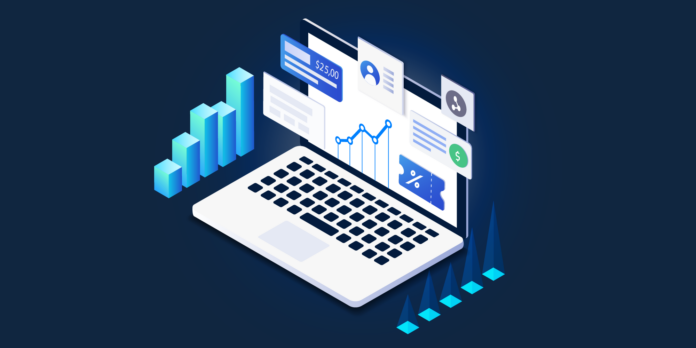The usage-based pricing (UBP) model has quickly gone from fringe to mainstream in SaaS. Converts to the UBP model are attracted by the anticipation of accelerated revenue growth and a more efficient business model of expansion.
But achieving faster revenue growth isn't as simple as changing prices. UBP is a company-wide effort and requires ditching old SaaS metrics.
One way to think of usage-based revenue is that it is product-led growth (PLG) in its purest form.
El product-led growth (PLG) it is a business methodology in which customer acquisition, expansion, conversion and retention are primarily driven by the product itself. Creates alignment among teams across the company, from engineering to sales to marketing, around the product as the primary source of sustainable and scalable business growth.
post example Snowflake, a data storage company that went public in 2020 and now has a market cap of $100 billion. While conventional thinking suggests that SaaS companies should aim for 100% net retention or more, Snowflake reports an unparalleled 169% net retention driven by an effective consumption-based pricing model. The company's net retention actually increased from 158% in the second quarter of fiscal 2021.
For Snowflake, 1,000 of new customer acquisition spend would theoretically turn into more than 13,000 after five years in the traditional model. So how much should you spend on customer acquisition (CAC) under the new model? Will the sales be compensated for the initial expense or should the distributors share the growth of the use of the clients? How do you invest in products and development to ensure customers see better value as costs rise?
Many usage-based companies are asking similar questions.
Usage-based companies share the success of their customers
The leading companies based on the price model per use have the ability to grow with their customers existing at extremely high rates. Net retention in the top quartile for those with a primarily usage-based pricing model was 122% compared to those with subscription levels combined with usage-based pricing (110%) or no usage-based pricing (109%).
But such expansion is not usually the result of selling more products or including advanced features behind top-selling packages. It comes from customers increasing their consumption as they become more successful and discover new use cases.
For example, Twilio It has a net retention rate of 132% with a base of more than 200.000 active clients, and approximately 85% of the net expansion of Twilio comes from use and only 15% comes from new products, according to 2020 data provided by the company.




